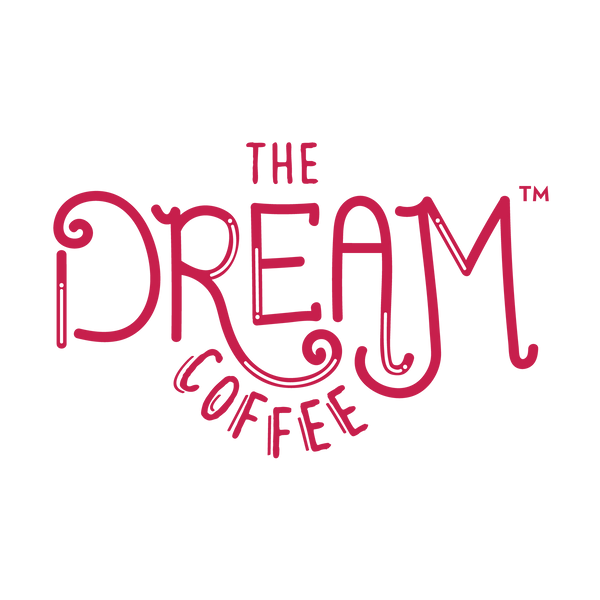The Coffee
Our packaging emphasizes our roots in the Tboli tribe, whom our coffee farmers belong to. Since every element takes into consideration their identity, we wanted to honor the communities we work with by seeking the elders’ blessing over the packaging, which they gave.
The colors.
Red. The Tboli tribe has a heritage of weaving sacred fabric called T’nalak, which is always inspired by their dreams. T’nalak often has red and black colors and we chose to put focus on the former.
Yellow. More than just a complementary hue to the dominant red color, yellow depicts the tribe's inherent bright and loving nature. They are a people always radiating joy and hope.
Green. The municipality of T’Boli, South Cotabato, where our coffee is rooted and harvested, is characterized by lush, green mountains as far as the eye can see.
The typography.
Our typography is an original typeface that is inspired by the intricate T'nalak. The unique, hand-drawn character is intentional. Whether through a stroke of a pen or a weave of a fabric, we believe in giving life through the works of our hands.
The elements.
The mountains represent our origin. The Dream Coffee comes from a mountainous ancestral domain that has belonged to our farmers from time immemorial.
The clouds highlight the elevation of where our coffee is grown and the dreams we want to fulfill through coffee.
The stars symbolize the aspirational nature of dreams, and bring to mind the Tboli who weave from the dreams they see at night.
The pattern is richly inspired by T’nalak and the shape at the front was mindfully made to look like a structure—for our coffee is an advocacy and experience we want to keep building on.
The beans stand for the other half of our two-fold dream: giving you coffee with dream-like taste.
From Bean to Brew: The Process
Arabica coffee cherries are handpicked ripe by coffee farmers during harvest season.
They are processed following the honey wash method.
Green coffee beans that result from the processing are manually sorted—only quality ones with 11% moisture content (the industry standard) make the cut.
The green coffee beans are stored in hermetically-sealed (or airtight) bags and transported from T’Boli, South Cotabato to Manila, the capital of the Philippines.
In Manila, the beans are roasted medium then packed, but always in small batches so your coffee tastes as fresh and as dream-like as possible.
Now, all that’s left for you to do is to wake up to the dream in your cup.
Why “Single Estate”?
You’ve heard of single origin coffee. We made sure The Dream Coffee is also single estate.
Single origin refers to coffee that is sourced from one generic place, which gives the consumer a pretty good idea of how consistent the coffee’s taste will be—and without going too much into detail, coffee that tastes consistently good is potentially great coffee. Think of coffee as like a sponge: It absorbs the environment around it, from the climate to its fellow crops, so when it’s all grown in the same place, chances are good that its quality and taste stay consistent.
But with no definite rules to define what “single origin” coffee is, this means that coffee that’s grown anywhere in the Philippines—from the north to the south, which will taste vastly different—can still be labeled as single-origin coffee, defeating the purpose of single origin being a marker for quality coffee.
The Dream Coffee meets all the criteria for single origin coffee and much more—it’s grown in the same country, region, and municipality—in essentially a single estate that’s been an ancestral domain for our coffee farmers from time immemorial. This is how we ensure our coffee’s consistent dream-like taste.
On top of this, we produce our coffee organically—no synthetic fertilizers and pesticides are involved. And we only harvest our coffee cherries when they’re ripe, handpicking them from trees for the best quality.
